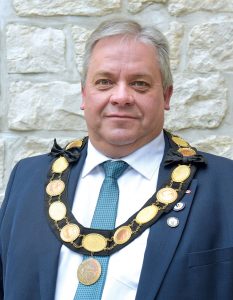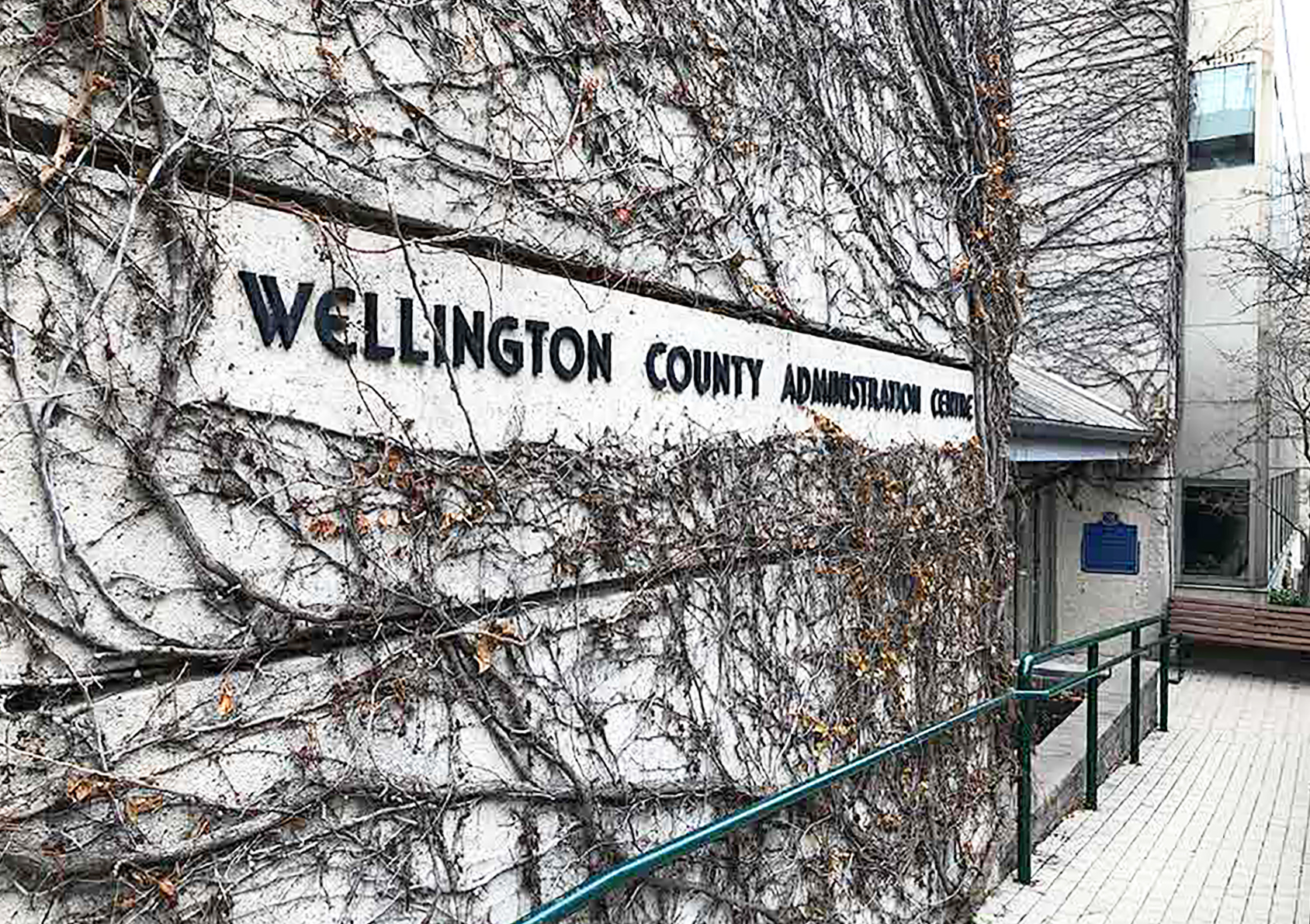WELLINGTON COUNTY – Warden Andy Lennox returned from the 2024 Association of Municipalities of Ontario (AMO) conference in Ottawa with a revelation about housing growth.
“It’s become clear to me that we in rural Ontario are not getting the credit we deserve for building housing in our communities,” Lennox told members of Wellington North council at its meeting last week.
Mayor Lennox was sharing a brief update with his municipality following the Aug. 17 to 20 AMO conference.
Lennox later told the Advertiser the housing issue stood out as the most significant takeaway from the conference.
“If you look at Wellington County as a whole, we’re a major contributor to solving the housing crisis in Ontario,” Lennox said.
But lower-tier municipalities in the county are not receiving the same sort of infrastructure support from the province as cities like Guelph, he added.
“The conclusion I’ve come to isn’t just as a result of AMO,” Lennox said.

COUNTY OF WELLINGTON WARDEN ANDY LENNOX
He described having attended a Guelph and District Association of Realtors dinner in the spring, where he had the chance to compare notes on housing growth with Guelph Mayor Cam Guthrie.
While the city has significant growth targets, relative to their respective populations, the county’s growth is expected to be even higher.
“The percentage growth was actually significantly higher than in the city,” said Lennox, noting the county is expected to increase its population by 60 per cent over the next 25 years.
But while cities like Guelph are eligible for infrastructure funding if they meet their housing targets, the same rules don’t apply to the smaller municipalities of the county.
“We got nothing out of that pool of housing money that the City of Guelph received,” Lennox said.
He said Erin, Centre Wellington, Mapleton and Wellington North had all applied for infrastructure funding from the province to help with projects such as wastewater treatment upgrades, which are necessary for housing growth, but all were turned down.
Because the municipalities apply individually, their growth targets might not look as significant compared to cities, so Lennox is suggesting they need to band together to advocate for their needs.
“On the surface, we’re small, but if you look at it as a collective, we’re a significant player,” Lennox said. “I think we have to start telling a collective story.”
As part of the Western Ontario Wardens’ Caucus, Lennox also had the chance to meet with the Eastern Ontario Wardens’ Caucus.
He said eastern Ontario wardens had shared some numbers showing the number of homes built in their area of Ontario compared with the City of Toronto.
The city’s number was about 14 homes per 100,000 people, whereas in the largely rural area of the eastern Ontario Wardens, that number was 39 per 100,000.
Lennox said he has not yet gathered comparable numbers for western Ontario, but “I’m pretty confident we’re going to tell a similar story.”
He said as he spoke to various provincial government ministers, they seemed unaware of the situation.
“We’re just kind of forgotten in rural Ontario,” he said, noting he plans to emphasize the need to advocate collectively for support in rural municipalities.



